The lack of a 'master theory' of cinema is therefore not at the expense of film theory. Contemporary film theory often makes it clear that it owes much to the discoveries of early and classical thinkers.
1 Structuralism and semiotics
The foundations of contemporary film theory
In the wake of the events of May 1968 (student protests and a general strike in France that nearly brought down the government), Cahiers du cinema became seriously Marxist and believed its task was to discover how films supporting capitalism - implicit or explicit - could be distinguished from those that undermined it - again, whether such undermining was implicit or explicit (see Comolli and Narboni 1990). The Cahiers article remains one of the most influential in the history of film theory.
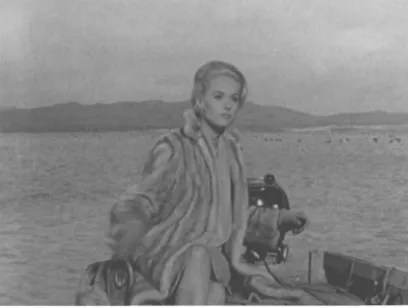
2 Apparatus theory
Jean-Louis Baudry and Christian Metz
The cinema screen, for Baudry (and indeed also for Metz, as we shall see) thus functions in a way similar to the mirror of the mirror scene. As a product of the Hollywood system, Baudry would no doubt criticize Singin' in the Rain as ideological.
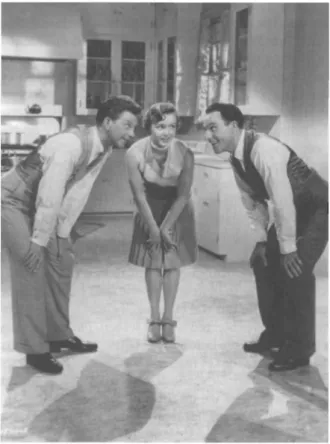
3 Screen theory
Colin MacCabe and Stephen Heath
As examples of subjective discourses, on the one hand police chief Brody (Roy Scheider) believes that there is a shark, while on the other hand the mayor (Murray Hamilton) of the city of Amity (where the action of the film takes place) refuses. to believe in the existence of the shark. The camera, in Rossellini's films, is not articulated as part of the productive process of the film. This is a first issue: in the structure of the fetish, knowledge is covered by belief.
Heath relates the structure of the fetish to both photography and film. The identity of the viewer is therefore guaranteed because the viewer is separate from what is represented. Another Brechtian element in Tout va bien is the sequence in which the factory strike takes place (Figure 3.3).
This is the strategy the film is determined to follow and it is certainly one of the reasons why MacCabe thinks the film can be classified as revolutionary. Knowledge, on the other hand, emerges from an understanding of the contradictions central to historical modes of production. This prioritization of objective narrative discourse is central to what MacCabe calls 'classical realism'.
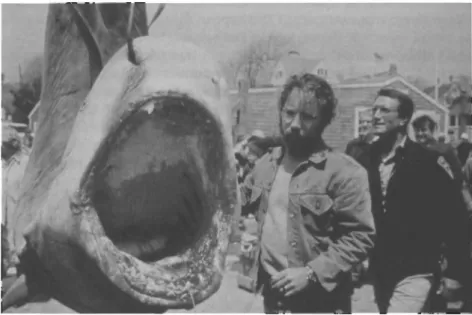
Visual pleasure and identificatory practices
Scopophilia is 'pleasure to watch', and Mulvey delivers a fine performance. explanation of the way it typically functions in Hollywood films:. The position of the spectators in the cinema is, among other things, blatantly one of suppression of their exhibitionism and projection of the suppressed desire onto the artist. Mulvey was a filmmaker herself, and her films of the mid-1970s were bleak challenges to the Hollywood status quo.
But we can find a pretty clear statement of her position right at the bottom of the article. She argues that a film like Now, Voyager (directed by Irving Rapper, 1942), one of the films she discusses in her article, avoids an ending in which the male is produced as the hero. Fantasy identifications are those that occur only in the imagination of the spectator and which are 'make believe while practices are.
Instead, she relies on a careful explanation of the myriad ways individual women can engage with film. Therefore, her arguments do not claim a universal emancipation of women, but work to expand our understanding of the different forms of spectatorship that function for women in the cinema. The fear of castration is thus closely linked to the dissolution of the Oedipus complex.
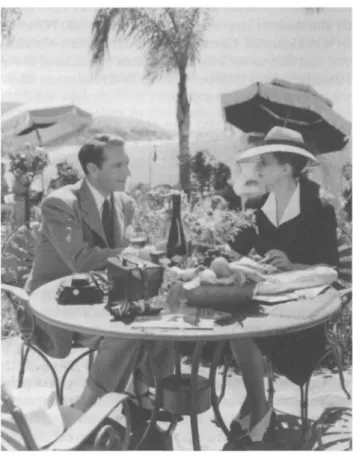
Postcolonialism, race and queer theory
At the other end of the spectrum, Hall highlights the ways in which a culture's identity is also always permeated by difference. Interpretations of the film remain plagued by a search for perfect solutions, so that the film is praised for what it achieves, while critics seem certain that what it does get right is never enough. Douglas Kellner is one of the few commentators who has picked up on some of the film's obvious aesthetic strategies.
One of the more challenging interpretations of the film simply admits that there are no "right things" to do and that Do the Right Thing is instead about the difficulty of making decisions about what the right things are. More than any other point in the film, this is the case with Mookie's trash-can tossing. Against that argument, however, many queer critics have defended the film as a finely nuanced and moving portrayal of the difficulties of gay existence in the United States in relatively recent times (the film is set between 1962 and 1983).
Expanding on his critique of the film, Miller condemns the film as one that is confined to a standardized Hollywood form. However, there have been fervent defenders of the film in the gay and queer communities. Colonialism/postcolonialism: Colonialism refers to the ways in which European imperial nations subjugated the native populations of the countries they conquered (their colonies).
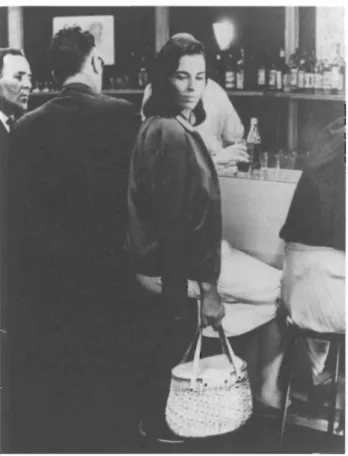
Gilles Deleuze and Stanley Cavell
For now, however, we can focus on two defining features of the motion image. Once again it is the actions of the characters that lead to the achievement of the final outcome (in this case a 'happy ending'). It is this American dream of the triumph of good over evil that the great form arises from.
Therefore, it can be a time image film in which chronological time is 'blended'. He appears to be both from the present (1983) while also being in the virtual past of the film's history. Far from straightforward are Deleuze's characterizations of the movement-image and the time-image—along with a host of others.
Crystal Image: A subset of the time image for Gilles Deleuze, the crystal image denotes films where time is split in two. Therefore, the time of motion picture films is measurable and clearly separated into past, present and future. Skepticism: Philosophical position that denies the possibility of proving that the world exists outside the mind.
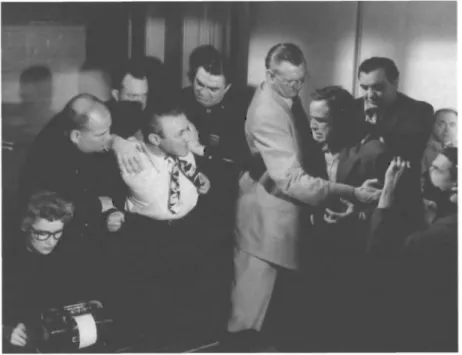
7 Film as art
Historical poetics and neoformalism
After stalking out with a vengeance from the opening phase of the plot, the warlord returns to ignite the conflict midway through the film. Part of the analyst's historical reconstruction often involves examining the range of formal possibilities available to the filmmaker at a particular point in history. Kristin Thompson (1988) situates Jean Renoir's The Rules of the Game (1939) against the backdrop of classical French storytelling, arguing that the film in 1939 confused audiences unaccustomed to the device of narrative ambiguity.
According to Roman Jakobson, "it is the dominant that ensures the integrity of the structure". What about the cinematic dominant, this constructive pillar that determines the relationship between all the components of the work. Symmetrical patterning—a principle that permeates all three structural levels of film—seems a likely candidate here.
Emphasizing continuity as well as change, historical poetics and neoformalism tend to celebrate both the ingenuity of the filmmaker and the enduring appeals of particular traditions. The film's external norms provide a background of conventions against which more innovative elements (the film's internal norms) stand out in relief. Internal norms belong to the unique constructive form of the work of art, and thus bind the poet.
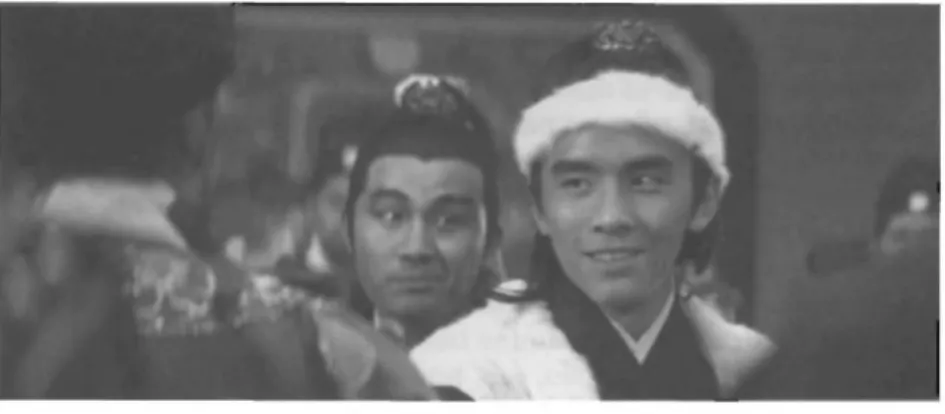
8 The cognitive turn
Narrative comprehension and character identification
Many of the skills and processes involved in watching a film are precisely those we use to function in the everyday world. As a starting point, cognitivists assume that viewers rely on everyday perceptual and cognitive abilities to understand and emotionally respond to the fictional world of the film. Cognitivists demystify the concept of the spectator as conceived in psychoanalysis.
Filmmakers thus take on the mantle of intuitive psychologists, fine-tuning textual elements to facilitate (or in some cases prevent) the viewer's cognitive acceptance. A telephoto shot selects a male figure standing on the side of the Golden Gate Bridge, looking out over San Francisco Bay. We can assume that our loyalty is tied to the character's changing traits as she or he progresses through the narrative.
For example, our affirmative moral evaluation of Terry Malloy (Marlon Brando) in On the Waterfront (1954) is homologous with the ex-boxer's gradual embodiment of morally admirable values over the course of the film. Towards the end of the film, personality traits of a much less desirable kind are brought to the fore. Central to cognitivist accounts of spectator activity, a schema orients the viewer to the moment-by-moment unfolding of the film.

Phenomenology, attractions and audiences
This complex phenomenology of cinematic experience allows Sobchack to engage directly with screen and apparatus theories. Voyage to the Moon (1902): The story simply provides a framework on which to string a presentation of the magical possibilities of cinema. Demonstrating the magical possibilities of cinema was central to cinema attractions.
Such claims underpin many of the central arguments for attraction cinema. It was a matter of accepting and enjoying the amazing powers of illusion that cinema possessed. Indeed, one of the first geniuses of cinema, Georges Melies, had been a magician before he started making moving pictures.
Auditory research represents one of the first ways in which the 'effects' of the cinema were investigated. Richard was another respondent who clearly disliked one of the characters - Maxine (played by Catherine Keener) (Figure 9.2). He tries to work out which aspects of the film experience might trigger memories of your own life experiences.
